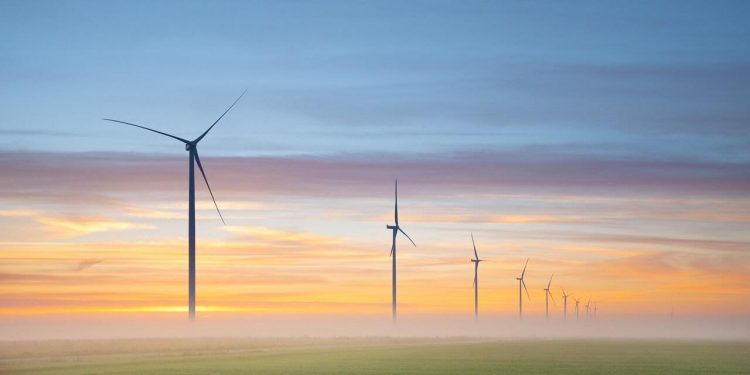The International Energy Agency (IEA) has reported that power generated from low-emission sources, such as wind, solar, and nuclear, will be sufficient to meet the global demand for the next three years. This is great news for the environment, as it means that emissions from the power sector are on the decline.
According to the IEA, electricity generation from low-emission sources is expected to make up almost half of the world’s power by 2026, up from less than 40% in 2023. This is a significant increase and shows the growing importance of renewable energy in meeting global energy needs.
Renewables are set to overtake coal as a primary source of electricity generation by early 2025, accounting for more than a third of total electricity generation. Additionally, nuclear power is forecasted to reach record levels globally, with French output recovering, plants in Japan coming back online, and new reactors beginning operations in markets such as China, India, Korea, and Europe.
Electricity demand is also expected to rise, with an average increase of 3.4% from 2024 through 2026. The majority of this demand growth is projected to come from China, India, and southeast Asia. Despite slower economic growth and a lower reliance on heavy industry, China is still expected to account for the largest share of the global increase in electricity demand.
On the positive side, global emissions are expected to decrease by 2.4% in 2024, followed by smaller declines in 2025 and 2026. This decoupling of global electricity demand and emissions is significant, especially considering the increasing electrification of the energy sector, with more consumers using technologies like electric vehicles and heat pumps.
While electricity accounted for 2% more of final energy consumption in 2023 than in 2015, the IEA points out that reaching climate goals will require electrification to advance significantly faster in the coming years. Overall, the IEA’s report paints an optimistic picture of the future of low-emission power generation and its potential to meet the growing global demand for electricity.



























